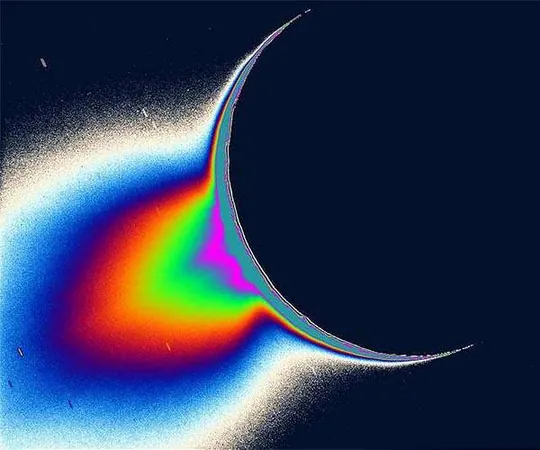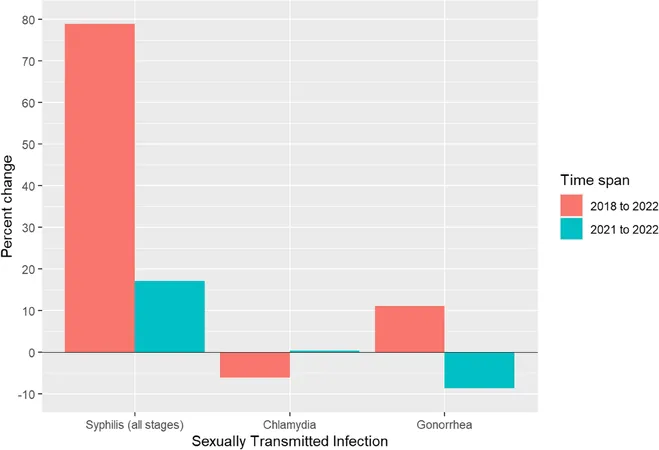
Shocking Discovery: Enceladus' Geysers May Hold Secrets to Life!
2025-09-11
Author: Daniel
Radiation: The Surprising Source of Organic Molecules?
Breakthrough research suggests that the intriguing organic molecules found in the geysers of Saturn's moon, Enceladus, might not come from its mysterious subsurface ocean but rather from radiation interacting with its icy surface. This revelation was made at the recent EPSC-DPS2025 Joint Meeting in Helsinki.
Dr. Grace Richards' Groundbreaking Findings
Dr. Grace Richards from the Istituto Nazionale di Astrofisica e Planetologia Spaziale (INAF) presented compelling evidence that while the detection of complex organics by the Cassini spacecraft is crucial for understanding habitability, laboratory simulations indicate that the intense radiation from Saturn could create similar organic compounds directly on Enceladus's surface.
Enceladus' Geysers: A Gateway to the Unknown
First discovered in 2005, these geyser-like plumes, erupting from the moon's south polar fractures known as tiger stripes, are powered by the tidal heating caused by Saturn's gravitational forces. The Cassini mission uncovered a treasure trove of salts and diverse organic molecules in these plumes, igniting hopes that they might hint at prebiotic chemistry and even support for life.
Creating Life-Chemicals in the Lab
Richards’ research team, collaborating with Europlanet, recreated Enceladus-like icy conditions at a chilling -200°C in Hungary. By bombarding ices made of water, carbon dioxide, methane, and ammonia with energetic ions, they successfully crafted compounds such as carbon monoxide, cyanate, ammonium, and amino acid precursors—some matching those found in Enceladus's plumes.
Reevaluating the Habitable Potential
Richards stated, “These prebiotic molecules could form on-site due to radiation exposure rather than originate from the ocean below. While this doesn’t eliminate the ocean's habitable potential, it urges caution in assuming that the plume composition alone signals a life-supporting environment.”
Looking Ahead: Future Missions to Enceladus
To distinguish between ocean-derived and radiation-generated molecules, data from future missions will be essential. One exciting prospect is a dedicated Enceladus mission currently being proposed under the European Space Agency’s Voyage 2050 program, aiming to extend exploration well into the future.




 Brasil (PT)
Brasil (PT)
 Canada (EN)
Canada (EN)
 Chile (ES)
Chile (ES)
 Česko (CS)
Česko (CS)
 대한민국 (KO)
대한민국 (KO)
 España (ES)
España (ES)
 France (FR)
France (FR)
 Hong Kong (EN)
Hong Kong (EN)
 Italia (IT)
Italia (IT)
 日本 (JA)
日本 (JA)
 Magyarország (HU)
Magyarország (HU)
 Norge (NO)
Norge (NO)
 Polska (PL)
Polska (PL)
 Schweiz (DE)
Schweiz (DE)
 Singapore (EN)
Singapore (EN)
 Sverige (SV)
Sverige (SV)
 Suomi (FI)
Suomi (FI)
 Türkiye (TR)
Türkiye (TR)
 الإمارات العربية المتحدة (AR)
الإمارات العربية المتحدة (AR)